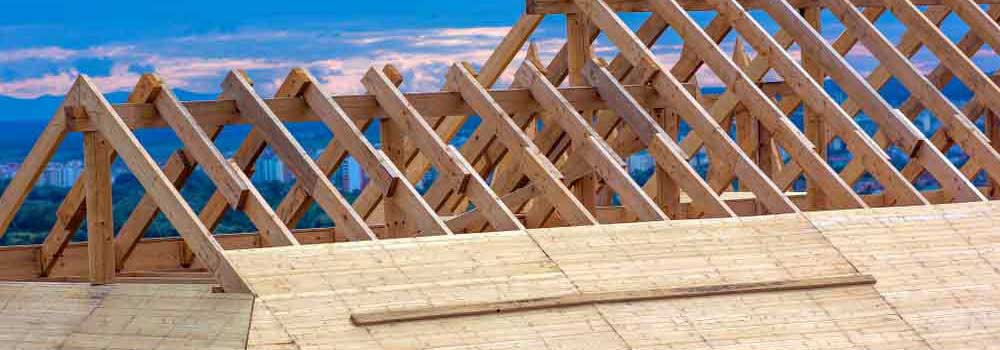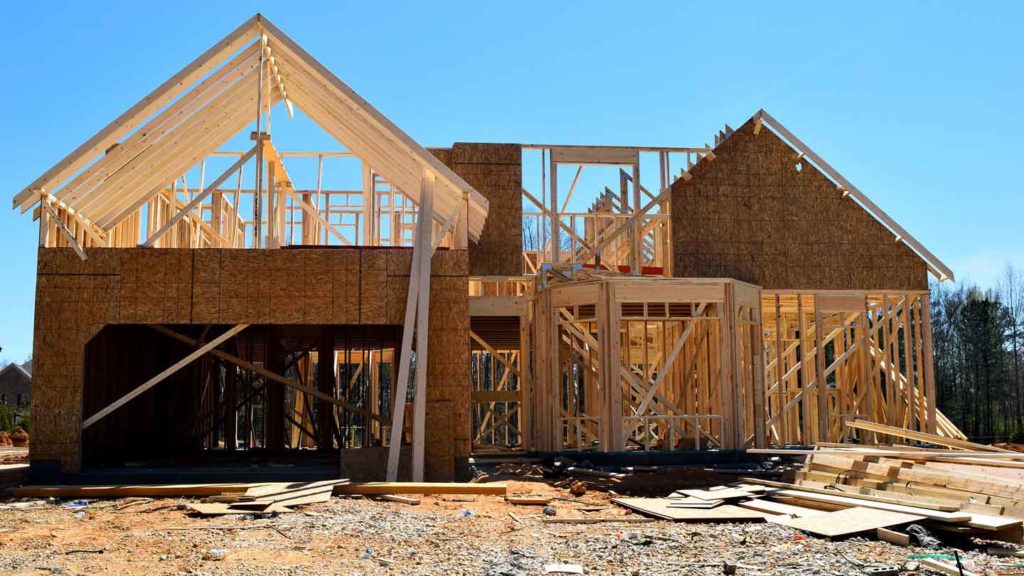Roof framing is not just about providing structural support; it’s an art form that combines craftsmanship, engineering principles, and aesthetics to create a sturdy and visually appealing roof.
The framing techniques used in roof construction play a crucial role in determining the overall strength, durability, and architectural beauty of a building.
In this article, we will explore five essential techniques that form the foundation of the art of roof framing. Therefore, continue reading before you look for roofing near me.
Understanding Roof Trusses: The Backbone of Roof Framing

Roof trusses are the backbone of roof framing, providing essential support and structural integrity to the entire roof system. These prefabricated frameworks consist of interconnected beams, usually forming a triangular shape.
The triangular configuration of trusses is highly efficient in distributing the weight and loads evenly throughout the structure, minimizing the need for additional internal support.
There are various roof trusses, each with advantages and applications. King post trusses feature a single vertical post in the centre, providing simplicity and affordability.
Queen post trusses have two vertical posts, offering increased strength and stability—Howe trusses, known for their versatility, feature vertical posts with diagonal braces that enhance load-bearing capacity.
Mastering the Skill of Rafters: Forming the Roof Shape
Rafters are inclined beams that extend from the ridge board or wall plate to the eaves, defining the shape and structure of the roof. Mastering cutting, fitting, and installing rafters is crucial in creating a strong and visually appealing roof.
The process of rafter installation involves precise measurements, precise cutting, and careful placement. Each rafter must be accurately cut to match the roof’s pitch, ensuring a seamless fit and uniform appearance.
Different roof designs require specific rafter layout techniques. For example, gable roofs have rafters that extend from the ridge board to the eaves in a straight line, forming a triangular shape.
Hip roofs, on the other hand, have rafters that meet at a common point called the hip, creating a more complex framework. Mansard roofs have two rafters with different slopes, allowing additional living space in the attic.
Enhancing Structural Integrity with Collar Ties and Ridge Beams
Collar ties and ridge beams significantly enhance the structural integrity and stability of roof framing, especially in areas prone to high wind loads or seismic activity.
These components provide additional support to critical areas of the roof, ensuring its longevity and resistance against external forces. Collar ties are horizontal members that connect opposing rafters near the midpoint of the roof span.
By preventing the roof from spreading apart, collar ties help distribute the load evenly across the rafters, reducing the risk of structural failure. They act as tension ties, counteracting the outward forces that can occur during high winds or roof uplift.
Sheathings, such as oriented strand board (OSB) or plywood, is another bracing element commonly incorporated into roof framing. This material serves as a base for the roofing materials and adds rigidity to the overall structure.
Sheathing helps distribute the loads across the rafters or trusses, reducing the risk of structural deformation or failure. It also provides lateral stability to the roof, minimizing the chances of damage caused by wind uplift.
Incorporating Bracing Techniques: Adding Strength and Resilience
Bracing techniques are vital in roof framing by adding strength, stability, and resilience to the structure. These techniques involve using additional elements that reinforce the framework, minimizing movement and enhancing the roof’s ability to withstand various loads and environmental conditions.
Diagonal bracing is one of the most used techniques to stabilize roof framing. It involves installing diagonal members, such as plywood or metal straps, across the trusses or rafters.
These braces help transfer horizontal forces during wind events or seismic activity, preventing the roof from twisting or collapsing. Diagonal bracing provides crucial support, especially in roofs with long spans or in areas with high wind speeds.
Conclusion
Roof framing by the expert roofing near me is both a technical discipline and an art form that requires a combination of knowledge, skill, and creativity. Thus, you can ensure the construction of a sturdy and visually stunning roof.
Whether you’re a homeowner, contractor, or aspiring architect, embracing the art of roof framing will enable you to create roofs that not only provide reliable protection but also enhance the architectural appeal of any building.


